Strategic foundation and objectives
In recent times, based on the view that the sustainable development of each country is always linked to a peaceful and stable regional environment, China has paid special attention to consolidating and developing relations with neighboring countries as an important part of its overall foreign policy strategy. General Secretary and President of China Xi Jinping once emphasized: "In terms of geographical location, natural environment or bilateral relations, the surrounding areas have special strategic significance for the development of China" (1) , and affirmed that "promoting neighborly diplomacy is a necessary condition to realize the "two hundred-year goals" and move towards the great rejuvenation of the Chinese nation" (2) . On that basis, China promotes the construction of "a more equitable and reasonable global governance system", in which relations with neighboring countries are considered the starting foundation (3) . This is considered a step demonstrating the direction of expanding influence from the region to the globe, while deepening China's regional connections on the basis of mutual respect, joint development, and contribution to common peace and stability.
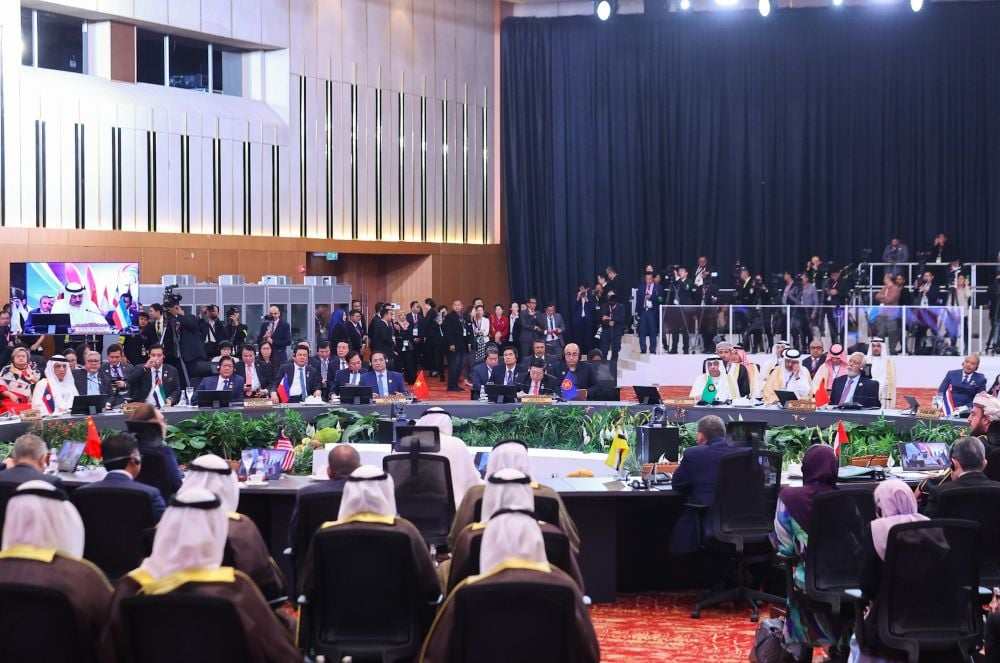
ASEAN - Gulf Cooperation Council (GCC) - China Summit with the theme "Strengthening economic ties for shared prosperity" on May 27, 2025 in Kuala Lumpur, Malaysia_Photo: baochinhphu.vn
Southeast Asia - a geo-strategic space of special significance to China's socio-economic development and regional security. Therefore, this is the first region chosen by China to implement the idea of building a "Community of Common Destiny". With its diversity in political institutions, cultural identities and development levels, Southeast Asia is considered suitable for China to implement a new model of international relations, replacing frameworks that China believes do not fully reflect the role and interests of developing countries. The overall goal of the "Community of Common Destiny" policy in Southeast Asia is to promote a model of international relations with Chinese characteristics, contributing to shaping the regional structure towards enhanced cooperation, connectivity and stability, thereby creating a foundation for expanding influence in a new global order based on a network model, in which China's central role is more clearly established.
The policy was clearly expressed in the speech of General Secretary and President of China Xi Jinping at the Indonesian Parliament on October 3, 2013, with the theme "Jointly Building a China-ASEAN Community of Common Destiny". General Secretary and President of China Xi Jinping emphasized the close historical and cultural ties between China and the member countries of the Association of Southeast Asian Nations (ASEAN), affirming the desire to "treat each other sincerely, live together in friendship and constantly strengthen political and strategic mutual trust" (4) . China expressed its goodwill to strengthen practical cooperation with ASEAN countries in many fields, promote mutual complementarity, share resources, overcome challenges and move towards the goal of common development and prosperity (5) . The speech clearly stated the view that China and ASEAN have close ties and share responsibilities in maintaining peace and stability in the region (6) .
In Southeast Asia, China has implemented the “Community of Common Destiny” policy according to a two-tiered international relations model. First, building an institutional framework for cooperation in the form of a “community” to create a foundation for establishing stable and long-term cooperation mechanisms. Second, a structure of parallel interests, in which China and Southeast Asian countries participate in a system of closely linked interests, together “sharing the destiny of development”. In terms of cooperation, China promotes network building, expanding cooperation in the economic, political and strategic fields, expressed through high-level mechanisms such as the “comprehensive strategic partnership”. In terms of interests, China strives to shape an interconnected space in which the interests of all parties are closely linked, creating bonds and interdependence, contributing to consolidating China’s position and role in the evolving regional structure.
To implement this policy, China promotes the formation of a multi-layered cooperation network in the fields of economics, politics, socio-culture and non-traditional security, with the Belt and Road Initiative (BRI) as the economic pillar. At the same time, this cooperation model is used as a platform for China to participate in adjusting regional cooperation standards in its own direction. With its high representativeness, flexible geopolitical environment and favorable connectivity, Southeast Asia is considered a suitable space for China to deploy the "soft network order" model, thereby assessing the effectiveness of tools such as "soft power", economic linkages and adjusting cooperation standards; at the same time, observing the reactions and acceptance levels from developing countries to a model of international relations with its own mark. If the “Community of Common Destiny” policy is effectively implemented in Southeast Asia, it will become a theoretical and practical basis for China to expand globally, thereby contributing to defining China’s role in the process of shaping the international order with a unique approach.
From idea to realization of strategic goals
China’s policy of building a “Community of Common Destiny” in Southeast Asia is being implemented in a systematic process, harmoniously combining strategic orientation, regional institutionalization and specific bilateral cooperation. This is a new model of international relations with three main characteristics, including: Mutual respect and equality in sovereignty; win-win cooperation, non-confrontation; and handling disagreements through dialogue. Such a relationship structure creates a flexible space for cooperation, allowing Southeast Asian countries to expand their connections with China without being bound by political conditions. However, this model also clearly reflects China’s orientation in promoting a form of regional relations that bears its own mark, linked to China’s strategic approach and interests.
On that basis, China implements its policy through three main methods. First, promoting substantive economic cooperation, notably the signing of the Regional Comprehensive Economic Partnership (RCEP) in 2020 with the participation of ASEAN countries, contributing to strengthening regional economic connectivity. Second, enhancing coordination in non-traditional security areas, such as health, climate change, and disaster response through specific cooperation mechanisms such as the ASEAN-China Public Health Cooperation Center. Third, proposing and integrating global initiatives, typically the Global Security Initiative (GSI), to create a common awareness of a stable and non-confrontational regional structure. Through these three methods, China has gradually created a favorable environment for promoting relations with Southeast Asian countries in the direction of extensive strategic engagement.
At the multilateral level, China has stepped up cooperation with ASEAN by upgrading the framework of relations and institutionalizing the content of the “Community of Common Destiny” in official documents. At the 2013 ASEAN-China Summit held in Brunei, the two sides agreed to promote, strengthen and deepen the China-ASEAN Strategic Partnership, and safeguard common interests (7) . In 2021, the relationship was upgraded to a “comprehensive strategic partnership”, with a commitment to promoting cooperation and building a peaceful, prosperous, open and inclusive region (8) .
In parallel with the multilateral cooperation process, China has promoted the establishment of bilateral cooperation agreements with Southeast Asian countries. From 2019 to 2022, China has signed and reached consensus on cooperation on building a "Community of Common Destiny" with many countries in the region. By 2025, China has established a corresponding cooperation framework with seven Southeast Asian countries, including Laos, Cambodia, Thailand, Myanmar, Malaysia, Indonesia and Vietnam, demonstrating a deep commitment to deepening bilateral relations and promoting strategic cohesion. At both the bilateral and multilateral levels, China has made significant progress in institutionalizing the idea of a "Community of Common Destiny", through official documents, cooperation agreements and specific action plans, creating a premise for expanding to a global scope in the future.
Overall, the process shows that China is flexibly using both multilateral and bilateral cooperation to promote a regional cooperation model that bears its own mark. Southeast Asia is not only a strategic space, but also an important link in realizing China's goal of expanding its influence in the emerging international order.
Some assessments and policy implications
The policy of building a “Community of Common Destiny” initiated by China in Southeast Asia is not only a regional cooperation strategy, but also shapes the security-economic structure in a direction consistent with China’s long-term interests. The implementation of this policy has opened up opportunities for substantive cooperation for countries in the region, while also posing challenges related to the issue of strategic autonomy, balancing international relations and the central role of ASEAN.
In terms of opportunities, the policy of building a “Community of Common Destiny” has contributed to increasing infrastructure investment in Southeast Asia, especially through the BRI. Many major projects such as the Laos-China high-speed railway, the Jakarta-Bandung route (Indonesia) or the Kyaukpyu port (Myanmar) have contributed to improving inter-regional connectivity, reducing logistics costs and enhancing competitiveness for ASEAN economies. These efforts demonstrate China’s commitment to promoting a modern infrastructure network serving economic growth and regional development; contributing to promoting institutional linkages and policy coordination between ASEAN and China. The signing of documents such as the ASEAN-China Joint Statement on Synchronizing the BRI and the ASEAN Connectivity Plan 2025 not only demonstrates the strategic economic commitment between the two sides, but also extends to other pillars of sustainable development such as culture - society and non-traditional security. At the same time, China and ASEAN have established or upgraded many political and security cooperation mechanisms such as the ASEAN-China High-Level Dialogue and the Mekong-Lancang Senior Officials Meeting. These mechanisms have contributed to enhancing political trust, promoting dialogue and controlling conflicts, especially in the context of complex major power competition.
However, the “Community of Common Destiny” policy also poses many challenges for countries in the region. The increase in investment and trade from China, if not properly controlled and coordinated, can lead to imbalances in economic relations, especially in the fields of finance, infrastructure and technology. Some projects under the BRI framework with large capital scale can increase the fiscal burden and affect the sustainability of debt management of some developing economies. In terms of regional institutions, the implementation of this policy through bilateral cooperation channels can lead to adjustments in the role of some traditional multilateral cooperation mechanisms. In that context, maintaining the central role of ASEAN requires member countries to strengthen their internal institutional capacity, promote intra-bloc solidarity and ensure harmony between regional cooperation initiatives. In addition, this policy also requires the adaptability of Southeast Asian countries in the context of increasing strategic competition between major powers. Balancing relations with key partners is more important than ever to maintain regional stability and avoid the risk of polarization. While some countries outside the region see this policy as part of China’s strategy to increase its influence, Southeast Asian countries need to proactively position themselves as neutral actors, capable of reconciling interests and promoting open, inclusive and transparent cooperation mechanisms.
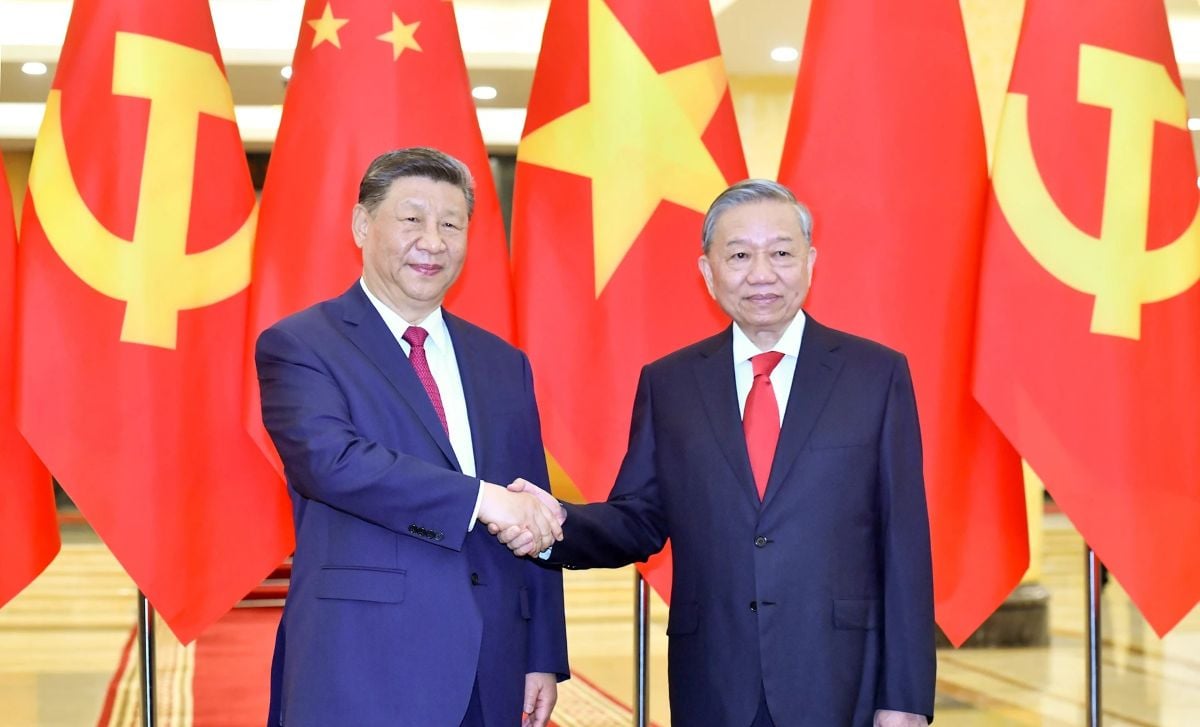
General Secretary To Lam welcomes General Secretary and President of China Xi Jinping on a state visit to Vietnam from April 14 to 15, 2025_Photo: Archive
Regarding Vietnam's foreign policy, on January 24, 2025, the Politburo issued Resolution No. 59-NQ/TW, "On international integration in the new form", setting out goals, guiding viewpoints and directions, tasks, and major solutions to implement international integration in a synchronous, proactive, comprehensive, extensive, high-quality, and more effective manner. Resolution No. 59-NQ/TW sets out specific goals: International economic integration. International integration in politics, defense, and security. International integration in science, technology, innovation, culture, society, tourism, environment, education and training, health, and other fields. Improving capacity and political mettle for international integration. The consistent viewpoint of the resolution is: International integration is the cause of the entire political system and the entire people, under the leadership of the Party, the management of the State, the people and enterprises are the center, the subject, the driving force and the main force. All mechanisms and policies must originate from the rights and interests of the people. This is considered a breakthrough decision, marking a historic turning point in the process of international integration of Vietnam, affirming the role of international integration in the cause of building and defending the Fatherland so that Vietnam can firmly enter a new era - the era of national development.
In the context of China's increasing implementation of the policy of building a "Community of Common Destiny" as a strategic move to expand its influence and adjust the regional structure, Vietnam - as a close neighbor, a long-standing partner, with a traditional and friendly relationship with China - needs to proactively establish an appropriate approach, in the spirit of goodwill cooperation, but always uphold the established principles and strategic orientations. Building and implementing proactive, flexible and consistent response measures is a key factor to help Vietnam effectively take advantage of cooperation opportunities, while ensuring the highest national interests in the context of a region that is moving extremely fast and complexly.
Firstly , Vietnam needs to continue to adhere to its foreign policy of independence, self-reliance, diversification and multilateralization of foreign relations, taking that as the foundation to maintain strategic stability and maintain sovereignty in all situations. In the context of many fluctuations in the regional situation, the principle of non-dependence needs to be thoroughly understood as a consistent focus. In addition, strengthening the country's comprehensive strength, especially the capacity for economic, scientific and technological autonomy and national defense and security, will be the basis for Vietnam to enhance its strategic resistance and the ability to proactively shape bilateral and multilateral relations to ensure equality and mutual benefit.
Second , along with maintaining the principle of autonomy, Vietnam needs to proactively and selectively approach and take advantage of the opportunities brought about by the “Community of Common Destiny” policy, deepening the “Vietnam-China community of shared future”, especially in areas such as infrastructure connectivity, trade, sustainable development and inter-regional cooperation. The principle of “harmonized benefits, controllable risks” needs to be institutionalized in the process of policy planning and implementation. At the same time, promoting the role of strategic research agencies to promptly provide analytical information, early identify unfavorable trends and propose appropriate adjustment options.
Third , a long-term vision and strategic orientation is to promote Vietnam's role as a "bridge" in the evolving regional structure. As a country highly appreciated by the international community for its effective dialogue capacity, neutral stance, constructive spirit and responsibility in handling regional and global issues, Vietnam has favorable conditions to play a role in harmonizing interests among major countries, promoting consensus in ASEAN, and at the same time deepening regional cooperation mechanisms. Maintaining a reasonable balance between cooperation and autonomy, between proactive international integration and steadfast identity, is a prerequisite to enhance Vietnam's strategic position, increase positive influence and expand Vietnam's development space in an increasingly multi-layered, multipolar and complex regional environment.
In short, clearly identifying the opportunities and challenges from China's "Community of Common Destiny" policy is an important basis for Vietnam to propose a flexible response method on the basis of ensuring the highest national interests, maintaining a proactive role in the regional structure, and actively contributing to peace, stability, and sustainable development in Southeast Asia./.
----------------------------------
(1), (2), (3) See: “五年来,习近平这样谈周边外交” (Rough translation: In the past five years, Xi Jinping has said the following about neighborly diplomacy), Xinhuanet , October 25, 2018, http://www.xinhuanet.com/politics/xxjxs/2018-10/25/c_1123609951.htm
(4), (5), (6) See: “Speech by General Secretary and President Xi Jinping at the Indonesian Parliament”, Central Government Information Portal of China , October 3, 2013, https://www.gov.cn/ldhd/2013-10/03/content_2500118.htm
(7) See: “China-ASEAN Joint Statement on the 10th Anniversary of the Establishment of Strategic Partnership,” Ministry of Foreign Affairs of China, October 10, 2013, https://www.mfa.gov.cn/ziliao_674904/1179_674909/201310/t20131010_9868327.shtml
(8) See: “中国-东盟建立对话关系30周年纪念峰会联合声明” (Provisional translation: Joint Statement of the Summit to Commemorate the 30th Anniversary of the Establishment of China-ASEAN Dialogue Relations), Ministry of Foreign Affairs of China , November 22, 2021, https://www.mfa.gov.cn/gjhdq_676201/gj_676203/yz_676205/1206_676716/1207_676728/202111/t20211122_10451473.shtml
Source: https://tapchicongsan.org.vn/web/guest/quoc-phong-an-ninh-oi-ngoai1/-/2018/1156502/chinh-sach-xay-dung-%E2%80%9Ccong-dong-chung-van-menh%E2%80%9D-cua-trung-quoc-o-khu-vuoc-dong-nam-a--mot-so-nhan-identification-va-ham-y-chinh-sach.aspx


![[Photo] Draft documents of the 14th Party Congress reach people at the Commune Cultural Post Offices](https://vphoto.vietnam.vn/thumb/1200x675/vietnam/resource/IMAGE/2025/10/28/1761642182616_du-thao-tai-tinh-hung-yen-4070-5235-jpg.webp)
![[Photo] National Assembly Chairman Tran Thanh Man received a delegation of the Social Democratic Party of Germany](https://vphoto.vietnam.vn/thumb/1200x675/vietnam/resource/IMAGE/2025/10/28/1761652150406_ndo_br_cover-3345-jpg.webp)
![[Photo] Flooding on the right side of the gate, entrance to Hue Citadel](https://vphoto.vietnam.vn/thumb/1200x675/vietnam/resource/IMAGE/2025/10/28/1761660788143_ndo_br_gen-h-z7165069467254-74c71c36d0cb396744b678cec80552f0-2-jpg.webp)



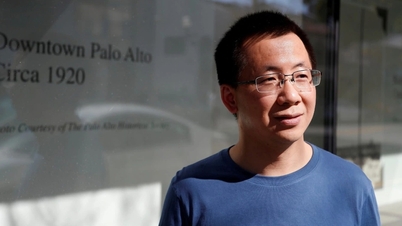



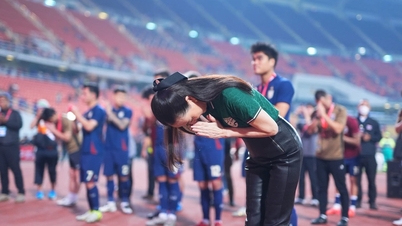

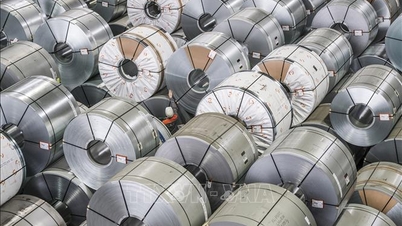

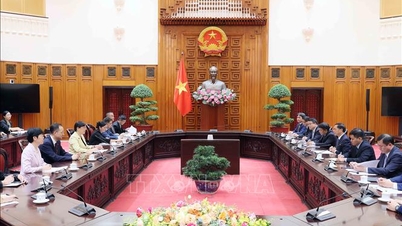
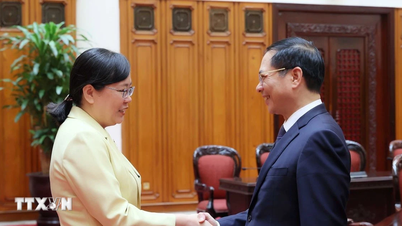



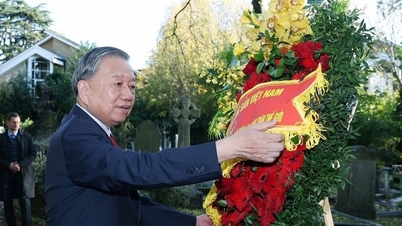
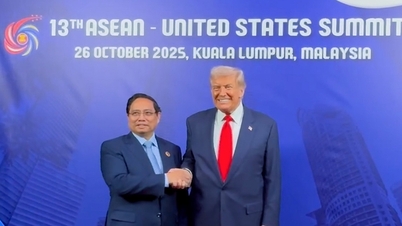
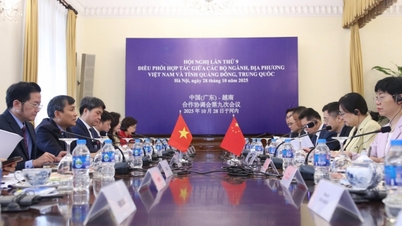

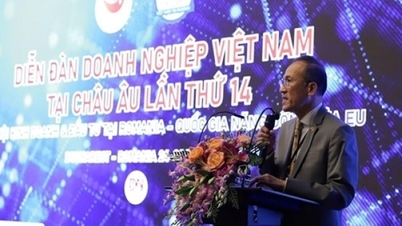
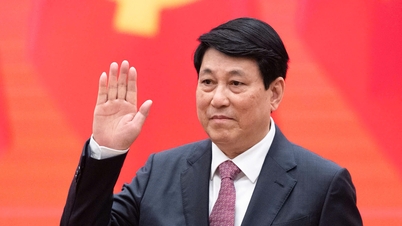





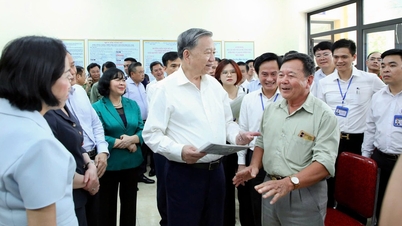
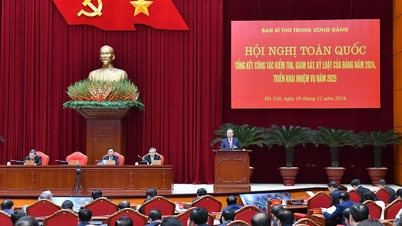
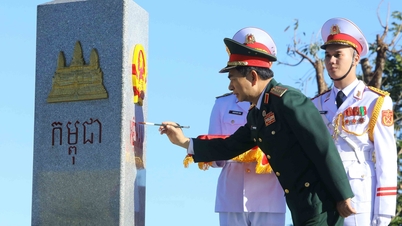
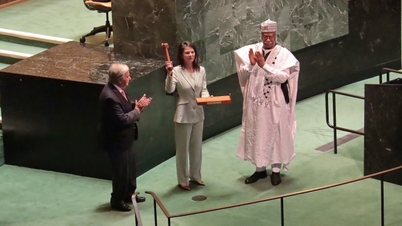
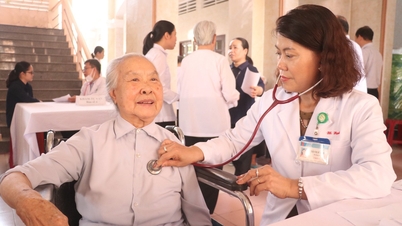

![[Photo] President Luong Cuong attends the 80th Anniversary of the Traditional Day of the Armed Forces of Military Region 3](https://vphoto.vietnam.vn/thumb/1200x675/vietnam/resource/IMAGE/2025/10/28/1761635584312_ndo_br_1-jpg.webp)













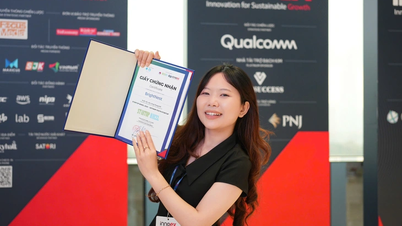



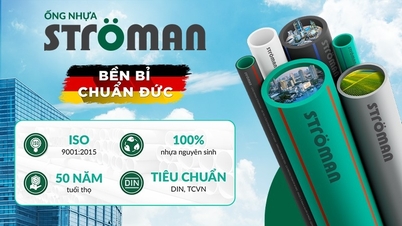

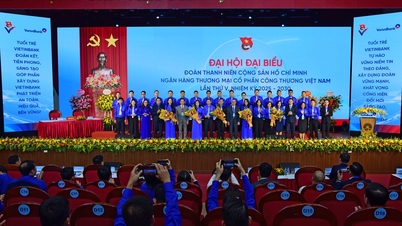
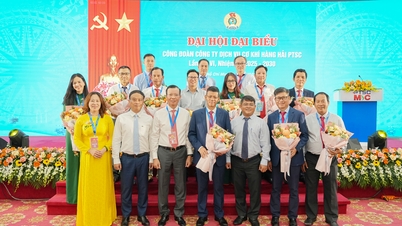
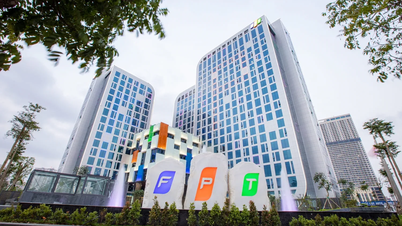
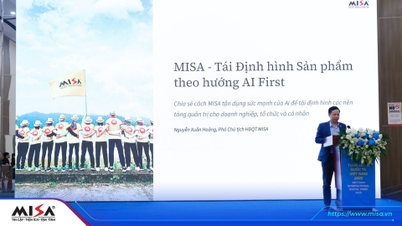







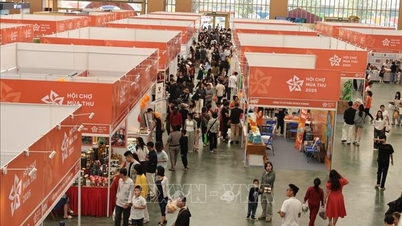
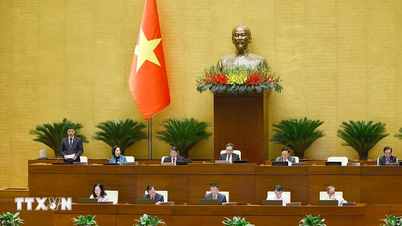
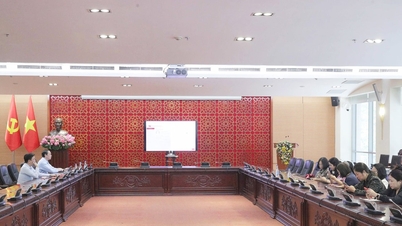

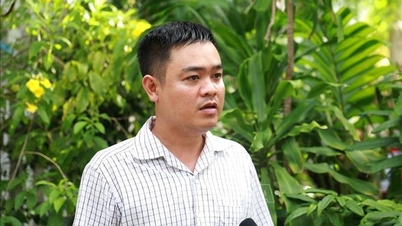
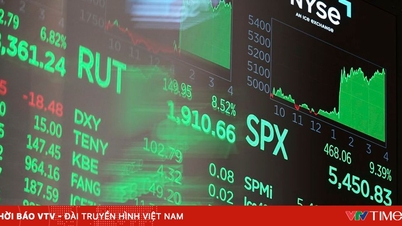





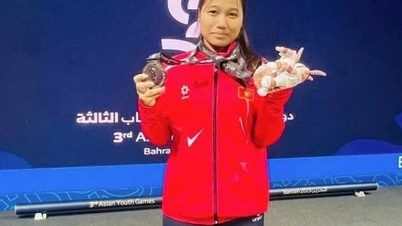
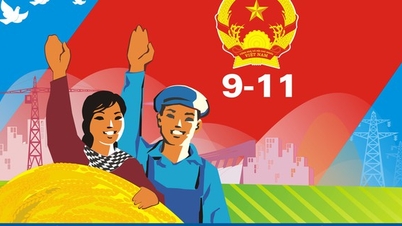
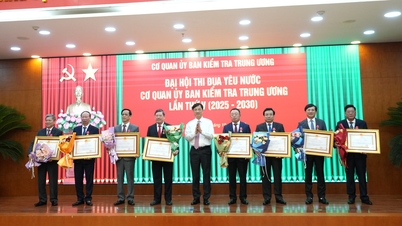


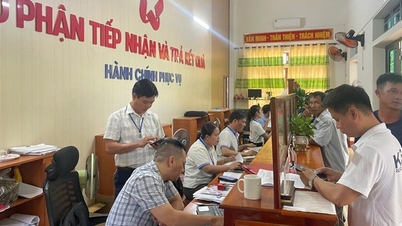

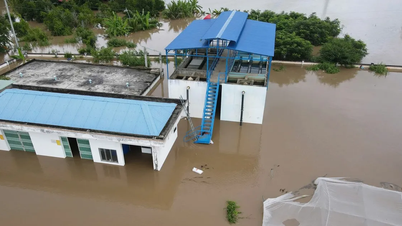


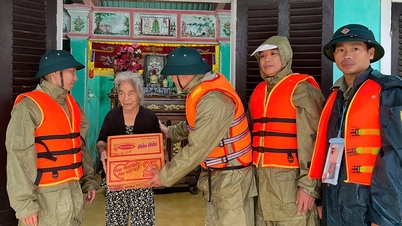

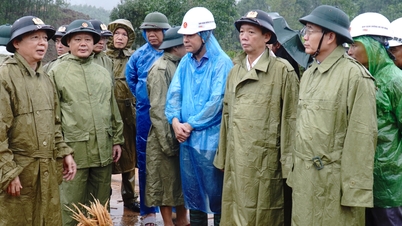
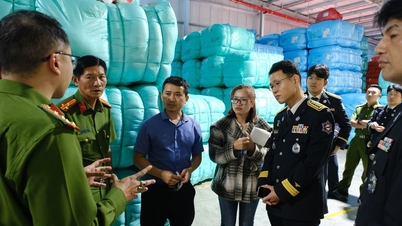

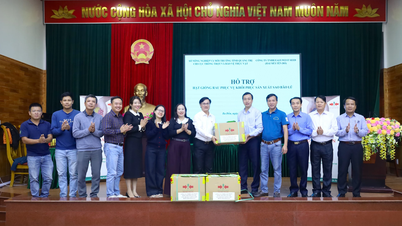
















Comment (0)